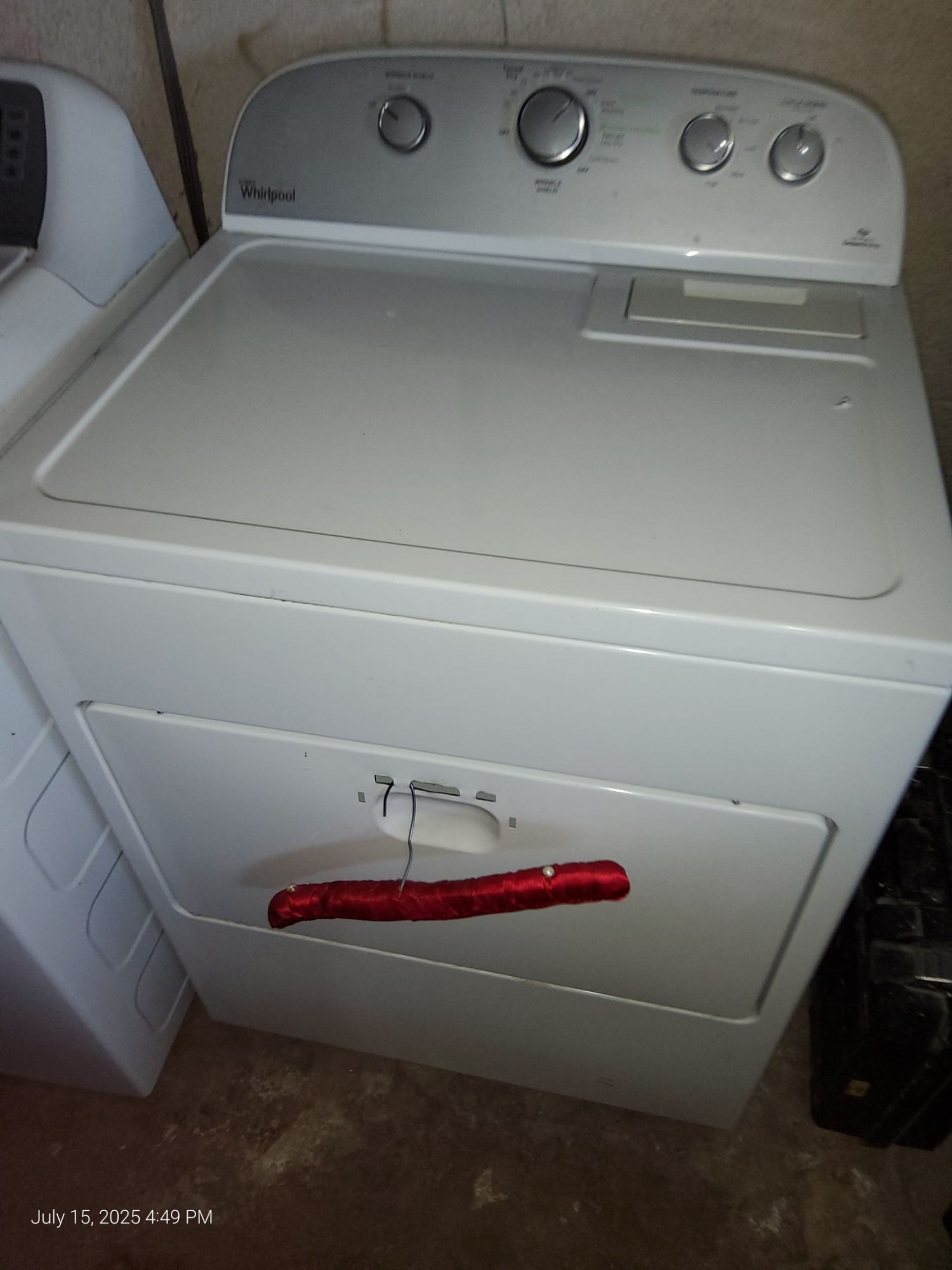
A washing machine is designed to run cycles smoothly from start to finish. So when it repeatedly pauses mid-cycle without showing any error codes, the situation becomes confusing for most homeowners. No flashing warning lights, no alarms, no visible malfunction, yet the washer stops, waits, and then may or may not continue. These repeated pauses not only delay the washing process but also signal that an internal issue is developing. Two of the most common reasons behind this silent disruption are unstable power supply and overheating components.
Understanding why these problems occur, how they affect the machine’s performance, and what actions to take can help you prevent further damage and avoid unexpectedly high repair costs.
1. Unstable Power Supply: The Hidden Disruptor
Modern washing machines rely heavily on stable and consistent electrical current. Even small fluctuations in voltage can force the control board to momentarily stop the cycle to protect internal electronics. This protective pause is often so quick that the machine does not register it as an error code, which is why the user only sees repeated stops without explanation. Power instability can come from several sources: overloaded household circuits, faulty wall outlets, extension cords, fluctuating voltage in older homes, or even interference from large appliances such as heaters or air conditioners that turn on and off on the same circuit. When the power dips or spikes, the washer’s control board senses the irregularity and stops the cycle until voltage normalizes. Over time, repeated exposure to unstable power can weaken the control board, damage connectors, and shorten the lifespan of sensors and motors. This makes power issues one of the most underestimated causes of washer malfunction.2. Overheating Internal Components
Another common reason a washer pauses with no error is overheating. Depending on the model, internal temperature sensors may not immediately trigger visible error codes, especially if the machine cools down quickly and resumes operation. Several components are vulnerable to overheating:- Motor: Excessive load, worn bearings, or long washing sessions can cause the motor to heat up.
- Control Board: Poor ventilation or dust accumulation can trap heat around electronic components.
- Heating Element (in certain cycles): If the heating system struggles or runs longer than it should, temperatures rise.
- Pump: A partially clogged pump may overheat due to extra strain.
3. Recognizing the Signs of Underlying Issues
Even without error codes, several signs can help you identify whether the problem is power-related or heat-related:- Does the washer pause at random moments? This often indicates electrical instability.
- Does the washer pause more during long, hot, or heavy cycles? This usually points toward overheating.
- Do lights in the house flicker when the washer runs? This is a strong indicator of a weak or overloaded electrical circuit.
- Is the washer warm to the touch or producing more noise than usual? Heat buildup or mechanical strain may be present.
4. What You Can Do Before Calling a Technician
While professional diagnosis is essential, a few simple checks can help you rule out basic issues:- Plug the washer directly into a wall outlet, not an extension cord.
- Ensure the outlet is grounded and functioning properly
- Avoid running multiple heavy appliances on the same circuit.
- Reduce the load size in the washer.
- Clean the drain filter and ensure proper ventilation around the machine.